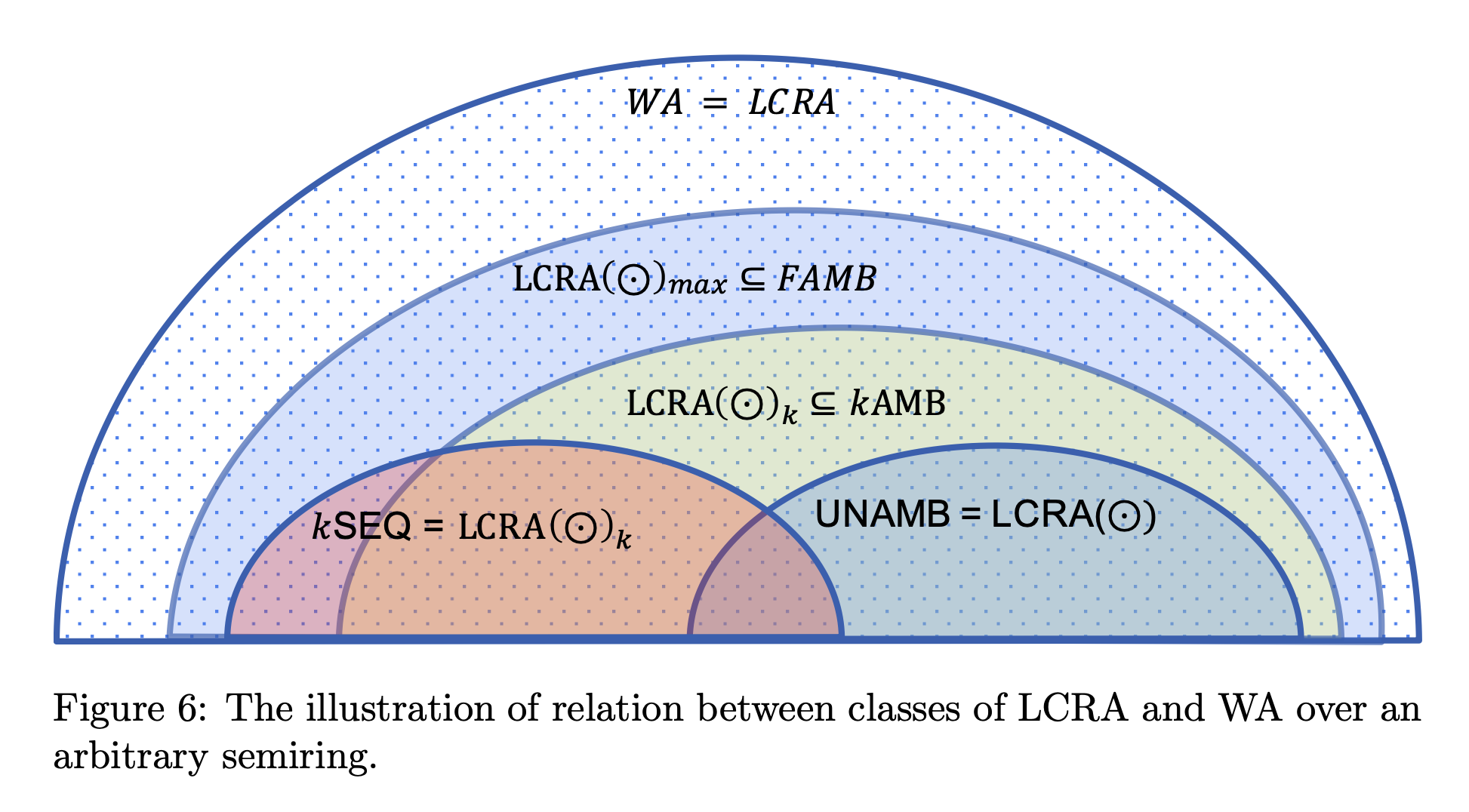





| When | What | Where |
|---|---|---|
| October 2024 | FMCAD'24 | Prague, Czechia |
| March 2024 | STACS'24 | Clermont-Ferrand, France |
| October 2023 | OOPSLA'23 | Cascais, Portugal |
| January 2023 | IBM Neuro-Symbolic AI Workshop 2023 | Online Workshop |
| December 2022 | Winter School on Algorithms for Graphs and Games - 2022 | Indian Institute of Technology, Jodhpur, India |
| September 2022 | AGATES: Introductory School & Workshop | University of Warsaw, Warsaw, Poland |
| August 2022 |
SAT/SMT/AR/CP Summer School 2022 CAV'22 Mentoring Workshop (FLoC 2022) |
Technion, Haifa, Israel |
| July 2022 | The Algorithmic and Enumerative Combinatorics 2022 | TU Wien, Vienna, Austria |
| July 2022 | Swedish Summer School in Computer Science, 2022 | KTH, Stockholm, Sweden |
| January 2021 | POPL 2021 (Symposium on Principles of Programming Languages) | Virtual Conference |
| September 2020 | Highlights of Logic, Games, and Automata 2020 | Virtual Conference |